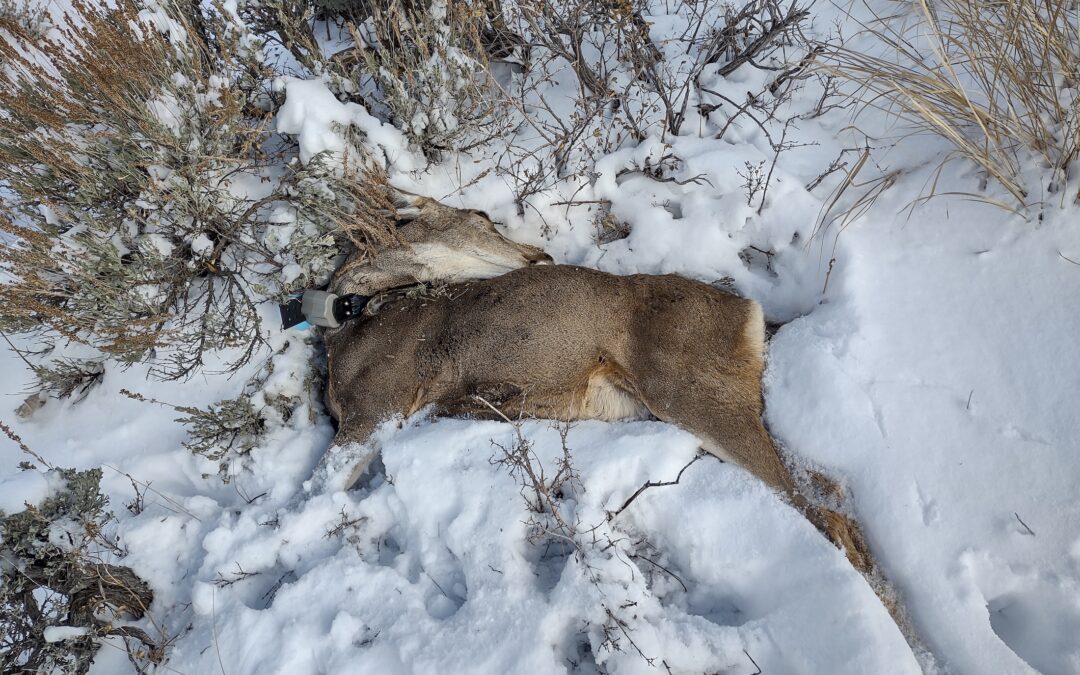
Alarm, Apathy, and Hope for Action
As chronic wasting disease spreads, wildlife managers plea for strategies that could work
By Christine Peterson
No one knew why the deer were losing weight, struggling to stand, and then keeling over, dead.
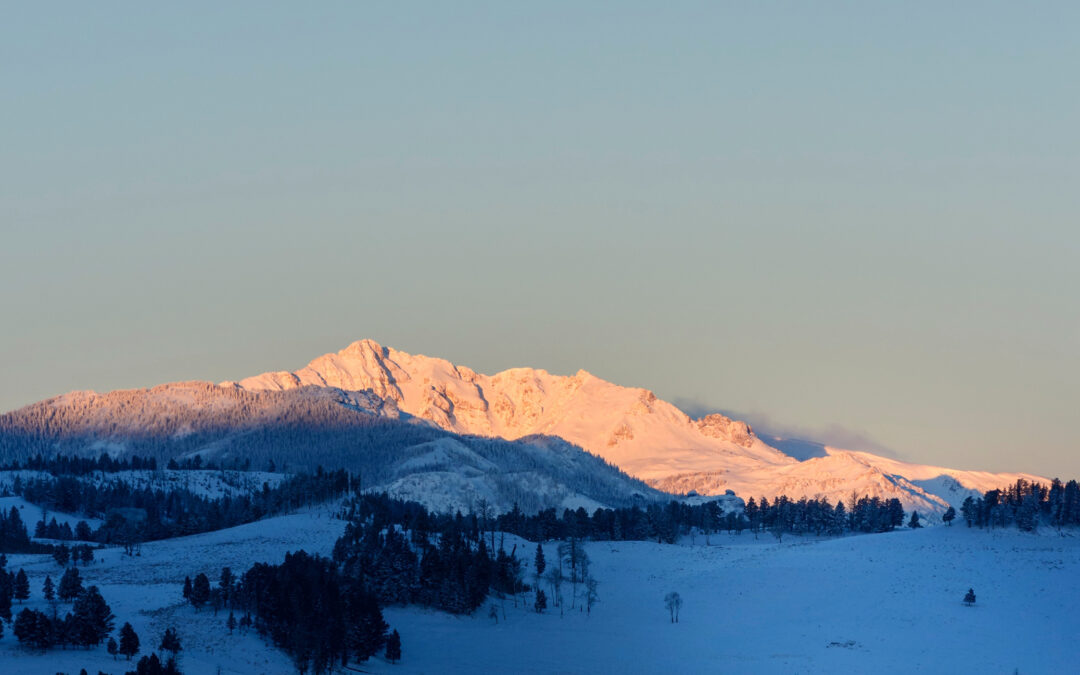
Healing in the Outdoors
An opportunity for all
Perspective by Ashlee Lundvall
One August morning in 1999, I swung my legs out of my bunk and pulled on a stiff, new pair of Wrangler jeans. I was at a teen camp in Wyoming, and I had chores to complete before we left that afternoon on a backpacking trip. Little did I know that day would be the last day I stood on my own.

Over Look / Under Foot
Two artists road trip through Utah’s national parks
Text and photographs by Katie Hargrave and Meredith Lynn
Captions by Birch Malotky
As tent campers and national parks enthusiasts, we spend a lot of time in the company of Airstreams, Winnebagos, and Jaycos, and have come to appreciate that for many, the RV makes a kind of relationship to nature possible.
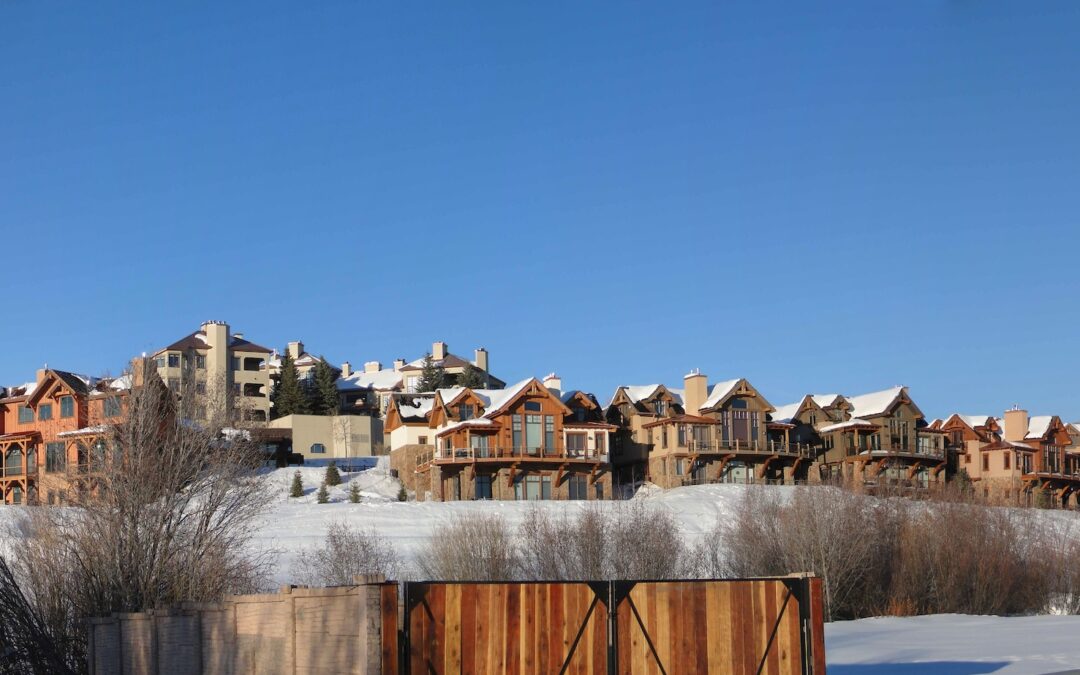
Amenity Trap
Skyrocketing housing prices drive residents out of desirable outdoor recreation communities
By Kristen Pope
Jackson, Wyoming, is famous for its amazing outdoor access, but finding an affordable place to live there is a perpetual struggle.
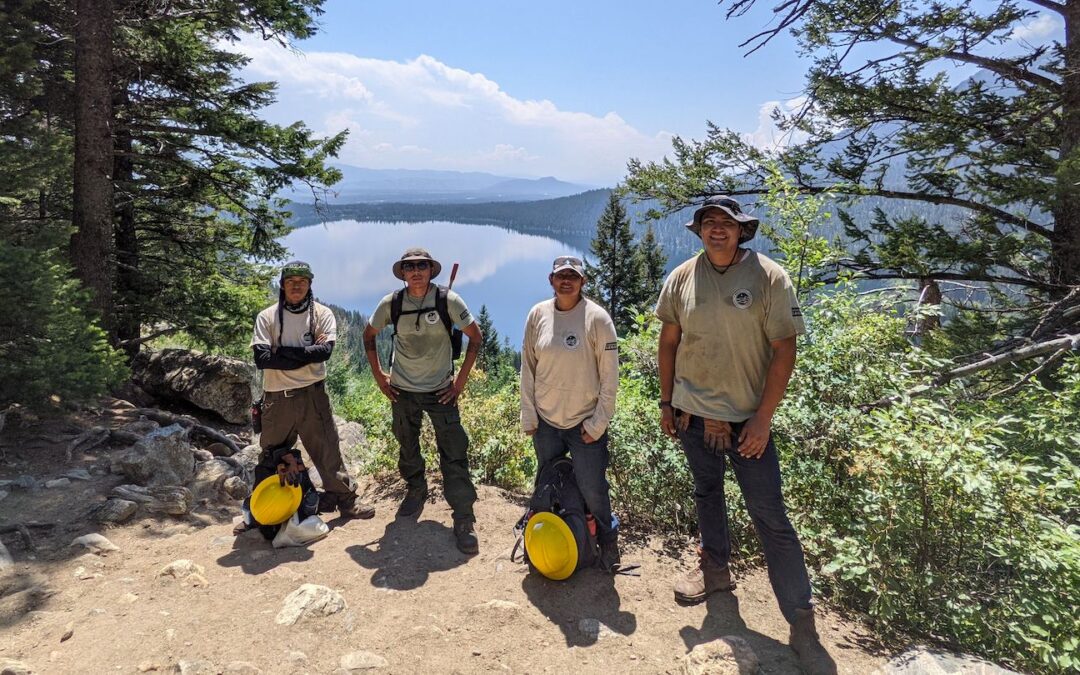
Restoring Connection to the Land
Indigenous trail crews empower the next generation of environmental stewards
By Cecilia Curiel
For the last several years, Shonto Greyeyes of the Diné (Navajo) Nation has made his living in some of the Southwest’s most sought-after landscapes—
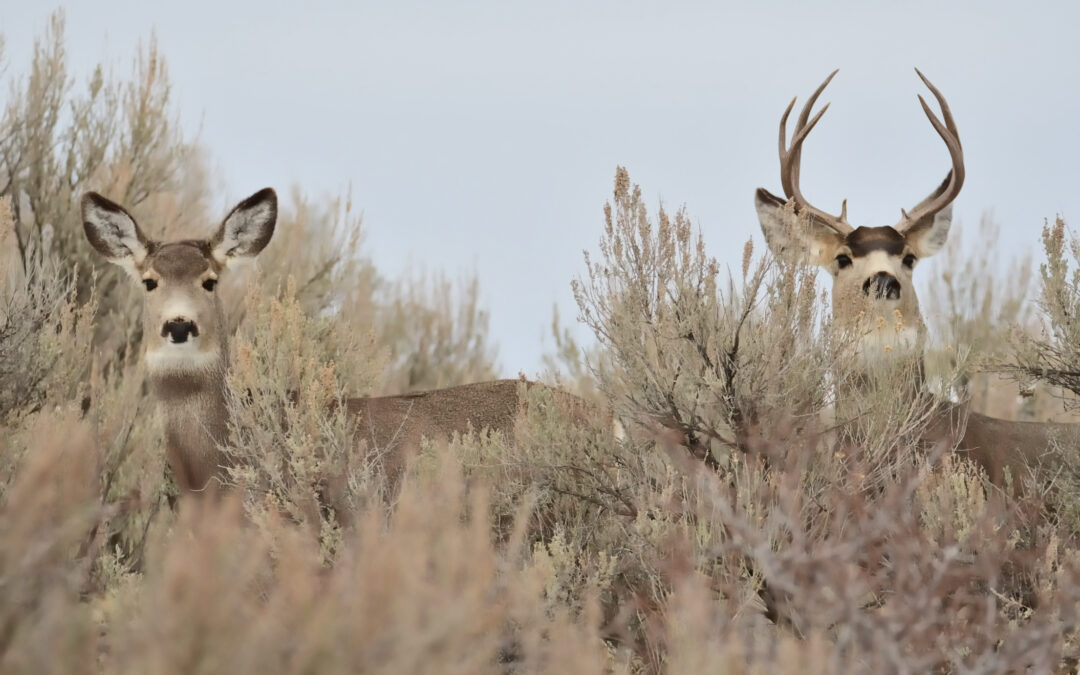
Fair Game
Who should pay for wildlife management?
By Hilary Byerly Flint
“We’re pretty darn lucky,” says Brian Nesvik, director of the Wyoming Game and Fish Department.

Horses, Hats, and Heritage
Dude ranching offers a compelling model for sustainable tourism in the West
By Graham Marema
Just before sunrise, Nine Quarter Circle Ranch wakes up. The valley is still blue with fog, and wranglers don cowboy hats and vests, shimmying their feet into worn boots.
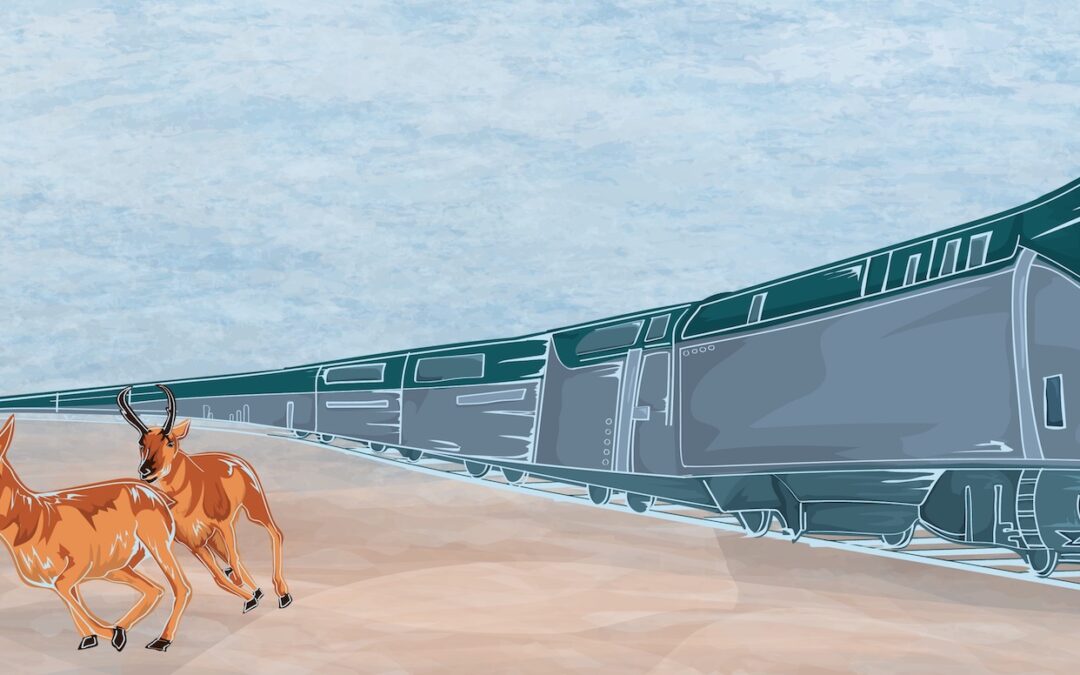
Train Trek
A vision for bringing passenger rail back to the rural West
Words by Nick Robinson, artwork by Graham Marema
Steel wheels glide along a track as the conductor announces, “Next stop, Thermopolis!” Outside the window, pronghorn antelope gallop across the sagebrush. The train slows to match their speed and then enters a tunnel. On the other side, striking granite walls of the Wind River Canyon come into view.

Elk Heyday
Booming elk numbers create a rare opportunity for hunting and tourism
By Janey Fugate
While scouting for mule deer on a chilly October evening in southeast Wyoming, the last thing I expected to see was several hundred elk.
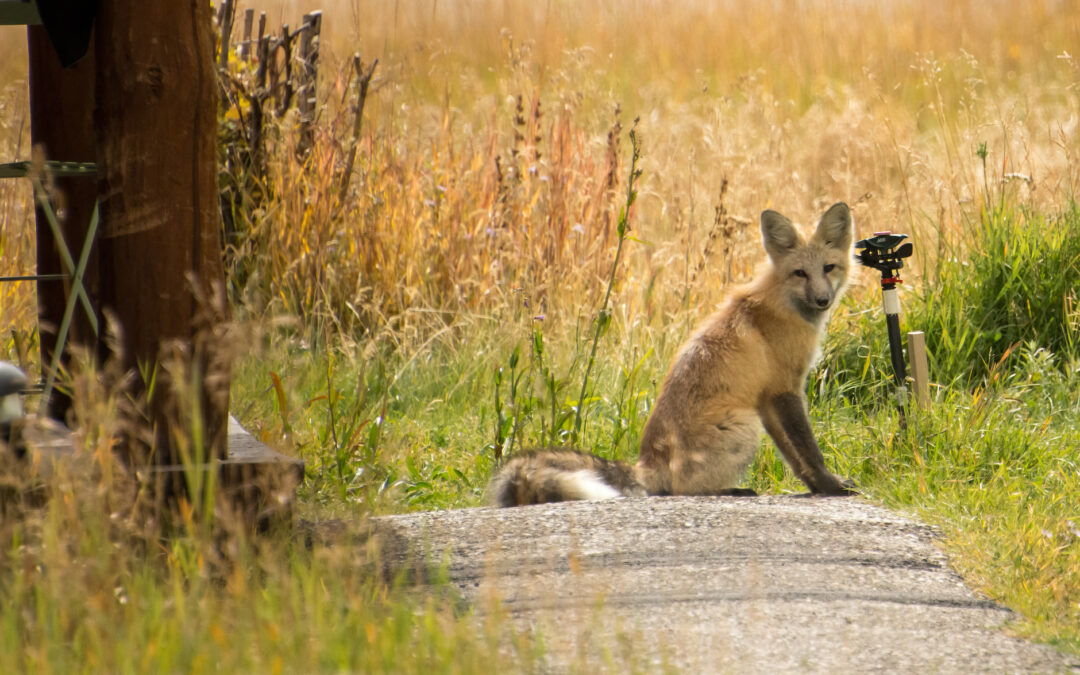
The Outdoor Recreation Ecosystem
How accounting for human behavior can improve wildlife management
By Molly Caldwell
On a summer evening in a Grand Teton National Park campground, the smell of barbecue drifts along a cooling breeze, signaling dinner time to nearby red foxes.

Cliff Notes
How place and technology meanings shape conflict around outdoor recreation development
By Wes Eaton and Curt Davidson
In the fall of my first semester as a visiting professor at the University of Wyoming, a stranger knocked on the half-open door to my new office and said, “There’s a town in Wyoming where people are saying that an outdoor recreation development proposal is tearing their community apart. Want to look into it with me?”
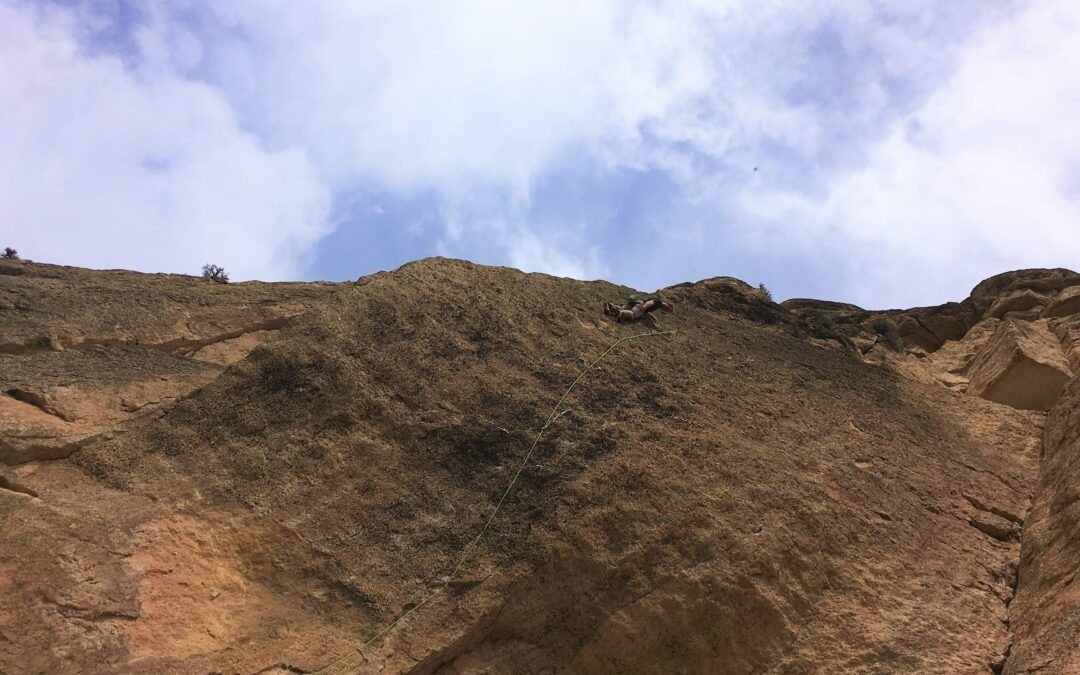
Ascending to the Challenge
Rock climbers in a remote Wyoming canyon may help shape national public lands climbing management
By Nita Tallent
On an early summer day in 2018, a group of sport rock climbers—packs laden with ropes, quickdraws, harnesses, shoes, and chalk—clambered up a makeshift trail in Tensleep Canyon, Wyoming.

Reimagining “Leave No Trace”
Can outdoor recreators minimize impact in the backcountry while connecting deeply with place?
By Sam Sharp
It’d been raining all day when we heard them: bullfrogs, croaking from the woods. We stopped, dropped our packs, and marched through the leaf litter to find them.
Editor’s Note – Next Issue
Issue 14 will explore conserving and managing wildlife in large landscapes around the world, with implications for the Greater Yellowstone Ecosystem. In every corner of the world, large ecosystems fostering diverse wildlife and complex species interactions sprawl over jurisdictional boundaries. They provide...
Donate to our mission

